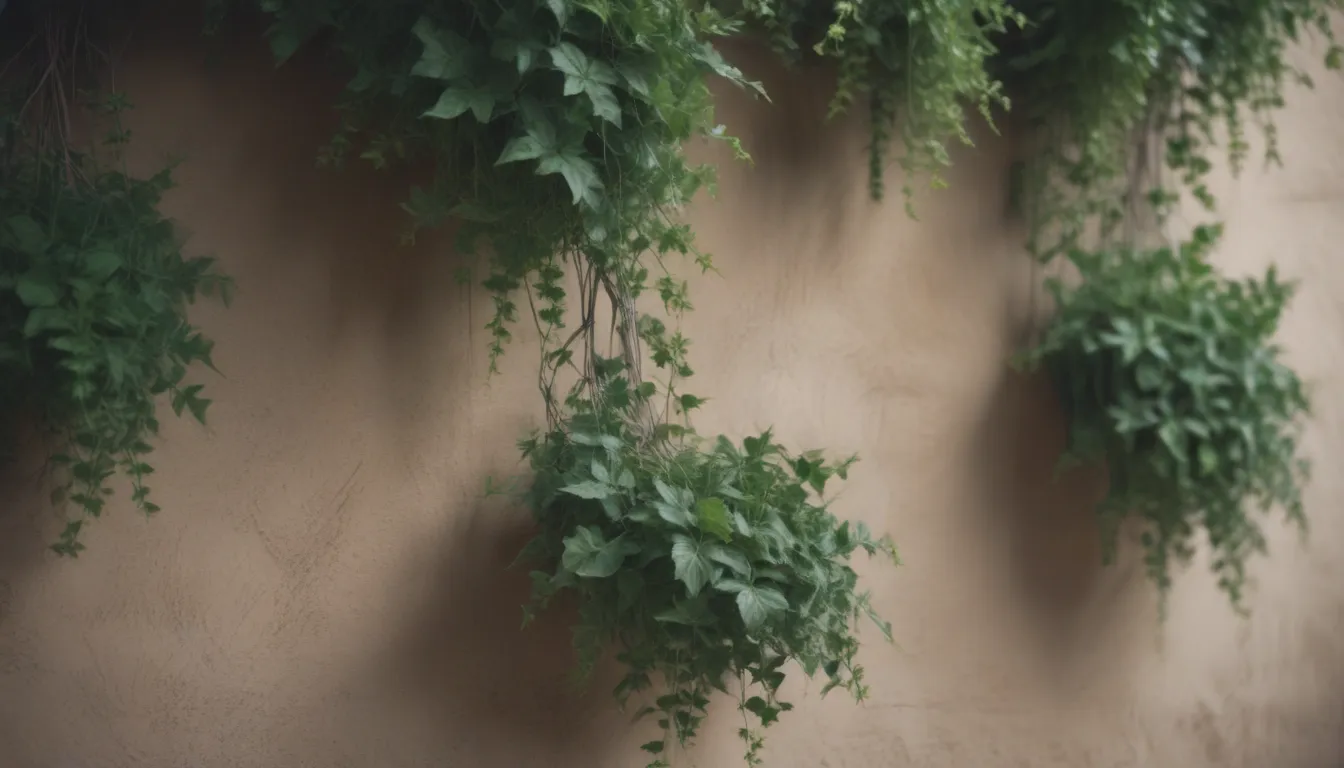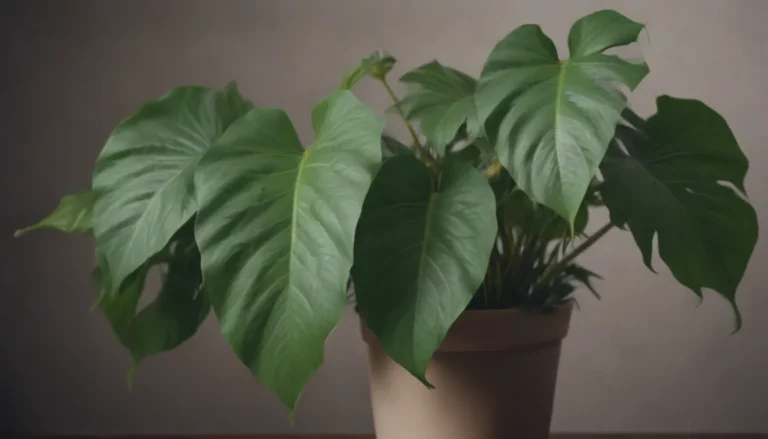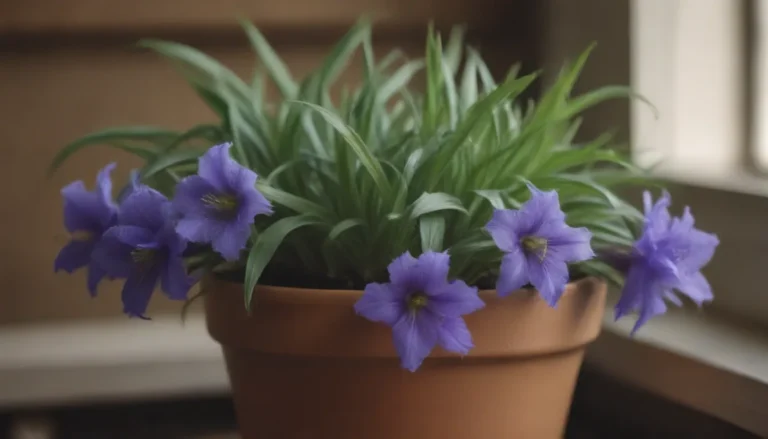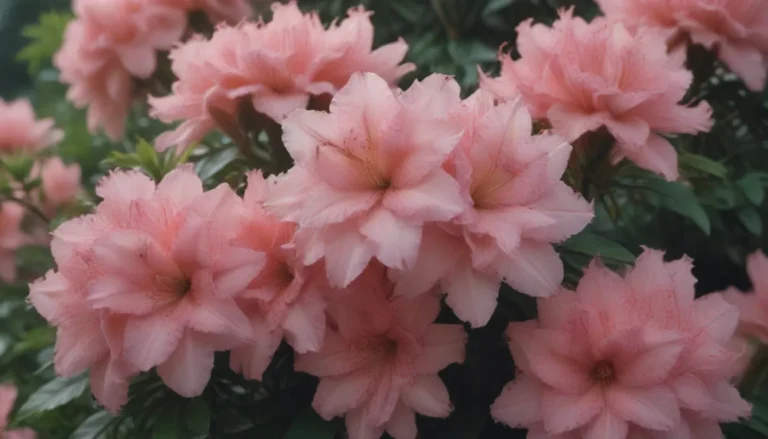The Ultimate Guide to Growing and Caring for Creeping Wire Vine

Are you looking for a low-maintenance plant that adds a touch of greenery to your garden or landscape? Look no further than the creeping wire vine. This sprawling groundcover or prostrate subshrub features small, round, dark green leaves and wiry stems, making it a unique and attractive addition to any outdoor space. In this comprehensive guide, we will delve into everything you need to know about growing and caring for creeping wire vine.
What is Creeping Wire Vine?
Creeping wire vine, scientifically known as Muehlenbeckia axillaris, is a tough groundcover that thrives in a variety of conditions. Its fast-spreading nature makes it an excellent choice for areas with medium foot traffic, as it can withstand some wear and tear. Additionally, it is a great option for slopes, helping to prevent soil erosion with its sprawling growth habit.
One of the standout features of creeping wire vine is its tiny, white, cup-shaped flowers that emerge in late spring and transform into white berries in the summer. These delicate blooms add a lovely touch of beauty to your outdoor space.
Creeping Wire Vine Care
Once you have selected the right sunny or partially shaded location for your creeping wire vine, caring for it is a breeze. This plant is known for its low maintenance requirements and ability to thrive in various soil types, including dry and rocky conditions. Here are some key care tips for keeping your creeping wire vine healthy and vibrant:
Light
Creeping wire vine prefers a sunny or partially shaded location. While it can tolerate areas with no shade, growth may be slower in these conditions.
Soil
One of the appealing qualities of creeping wire vine is its adaptability to different soil types. It can thrive in dry, infertile soils, which makes it an ideal choice for rocky slopes where other plants struggle. The key requirement is well-drained soil, as the plant does not tolerate standing water well.
Water
During the first growing season, it is important to keep creeping wire vine consistently moist to help the roots establish. Once the plant is mature, it can tolerate dry conditions, although it prefers moist soil.
Temperature and Humidity
Creeping wire vine is a hardy plant that can handle a range of temperatures, from alpine conditions to warm climates. It thrives in warm temperatures, but growth may be slower in colder environments.
Fertilizer
In good-quality soil, creeping wire vine does not require fertilizer. However, if the plant is growing in dry, rocky soil, it may benefit from an annual feeding in the spring before new growth starts.
Types of Creeping Wire Vine
In addition to Muehlenbeckia axillaris, there are other species of Muehlenbeckia that can be used for landscaping purposes. While there are no known cultivars of Muehlenbeckia axillaris, exploring other species may offer different characteristics and benefits for your outdoor space.
Pruning
Pruning is not necessary for creeping wire vine, but mowing the plant, especially in the spring, can encourage new growth and help contain its spread. If the plant is thriving in a sunny, warm position, mowing it back at any time of the year can prevent overcrowding and maintain its health.
Propagating Creeping Wire Vine
The best way to propagate creeping wire vine is from a cutting, as the plant does not produce seeds readily. This method allows you to create new plants from existing ones and expand the beauty of creeping wire vine in your garden.
Potting and Repotting Creeping Wire Vine
Creeping wire vine can be grown in hanging baskets and containers, allowing it to spill over the edges and create a cascading effect. When planting in containers, be mindful of the plant’s sprawling root system, which may require more frequent watering. Pairing creeping wire vine with plants of varying heights and colors can enhance the visual appeal of your container garden.
Overwintering
While creeping wire vine can survive mild winters without protection in garden soil, it may require insulation in colder climates. To protect the roots from winter cold, consider wrapping the container in burlap and bubble wrap or placing it in an insulation silo for added warmth.
Common Pests & Plant Diseases
Creeping wire vine is generally pest-free, but poor drainage and wet conditions can lead to root rot. Ensuring proper soil drainage and avoiding overwatering can help prevent pests and diseases from affecting your plant.
How to Get Creeping Wire Vine to Bloom
If your creeping wire vine is not blooming, consider factors such as shade and fertilizer. Providing adequate sunlight and nutrients can encourage the plant to produce its tiny, white flowers, adding beauty to your landscape.
Common Problems with Creeping Wire Vine
While creeping wire vine is a low-maintenance plant, there are some considerations to keep in mind to ensure its health and vitality. The fast-spreading nature of the plant can lead to overcrowding if planted too closely together, which may stunt its growth. Additionally, the wiry vines can pose a tripping hazard if planted in high-traffic areas, so spacing plants adequately is essential.
Incorporating creeping wire vine into your outdoor space can add texture, color, and functionality to your landscape. Whether used as a groundcover, container plant, or cascading element in a hanging basket, this versatile plant offers a range of benefits for gardeners and landscapers alike.
In conclusion, growing and caring for creeping wire vine is a rewarding experience that requires minimal effort for maximum impact. With its unique foliage, fast-spreading growth habit, and low maintenance needs, this plant is an excellent choice for adding visual interest to your outdoor space. By following the care tips outlined in this guide, you can enjoy the beauty of creeping wire vine in your garden for years to come.
Next time you’re looking for a versatile and resilient plant to enhance your landscape, consider adding creeping wire vine to your plant collection. Its charming leaves, delicate flowers, and easy-to-care-for nature make it a valuable addition to any garden or outdoor space.





